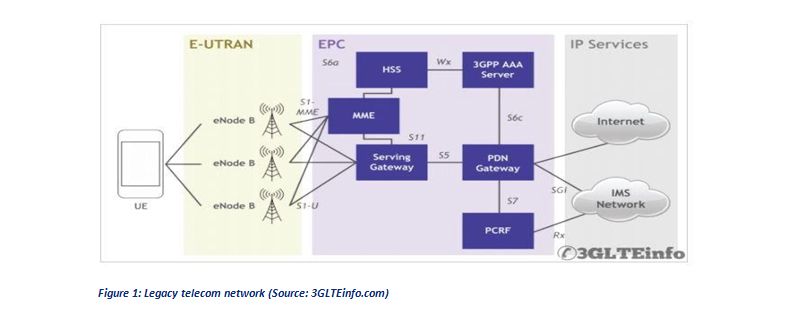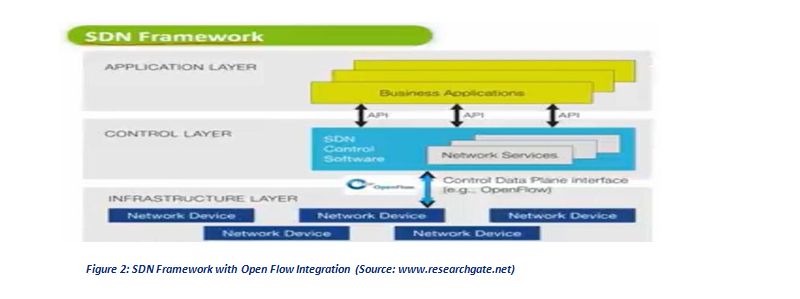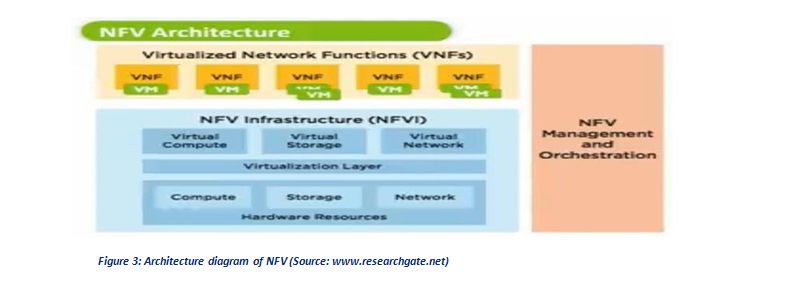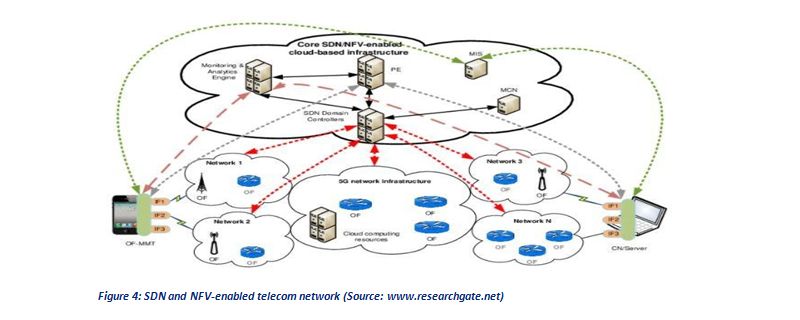Imagine you are watching the ICC T20 World Cup match live on your mobile phone. It is India vs. Pakistan and the men-in-blue opt to bat first. For the first over of the match, you get sharp, clear HD streaming as there are only three lakh viewers. But midway through the match, you realise the streaming quality has gone down as the number of viewers increases to 50 lakhs. In the final climactic moment of the match, the video has become so bad that you cannot even see the ball flying to the boundary for the final sixer! Bitterly disappointed, you blame the provider and complain to customer service, or try and switch to a supposedly better service provider
This is where Software-Defined Networking (SDN) comes into the picture! Using SDN, there is a way to enhance the visual experience of the user leading to potentially lesser customer churn for a service provider. SDN is a flexible infrastructure used to manage the demands of network usage. If a network’s capacity reaches beyond its limit, the Network Function Virtualization (NFV) adds a Virtualized Network Function (VNF) that will cater to the additional demand. Once the demand decreases, the network can also be scaled down again. For example, during peak stock market hours, the demand for network at Stock Exchanges increases rapidly. At such a time, NFV will upscale the infrastructure and add VNF. Once the market closes, the network can be downscaled.
Need for Virtualized Infrastructure
Older telecom systems, also known as legacy telecom networks, involved a lot of hardware elements, resulting in high infrastructure costs. Another drawback of these legacy networks was that they were not flexible and agile enough to adapt to dynamic user demands. Telecom is already a high-capital expenditure industry and it was not possible to obtain additional hardware for only brief periods when demand peaks. Hence, in 2011, telecom operators decided to increase their network flexibility by virtualizing network elements.

For any telecom network, user traffic is not continuous, and thus, fixed capacity hardware is not enough to fulfil the fluctuating demand. Hence, the need for a virtualized network that:
- Is flexible and scalable
- Provides better Quality-of-Service (QoS), enabling better user experience
- Reduces capital expenditure on infrastructure, uses rented cloud infrastructure
The need for such a network gave rise to the two giant emerging technologies in telecom:
- Software-Defined Networking (SDN), and
- Network Function Virtualization (NFV)
Software-Defined Networking (SDN)
SDN helps in the end-to-end reachability of data packets in an automated way. It does this by decoupling the Data Plane and the Control Plane. This makes IP routing and networking more flexible. A centralized controller enables the data packets to route the traffic dynamically while the network hardware no longer plays a role in routing. This helps in obtaining a central view of resources, unlike traditional networks.
The evolution of SDN has also been supported by the Open Flow protocol. A telecom operator now does not need resources from a single Original Equipment Manufacturer (OEM). Instead, with SDN, the operator can work on dynamic routing to network elements and manage traffic in an efficient and automated manner.

Network Function Virtualization (NFV)
NFV consists of Virtual Network Functions (VNF) that are used as the network’s elements – the Virtualization Layer, which provides abstraction between VNF, and the Management and Orchestration Layer (MANO), which manages the NFV cloud. These clouds are flexible in terms of their usage. Thus, a virtual Home Subscriber Server (HSS) may require larger storage space, whereas a virtual Mobile Switching Center (MSC) requires larger computation power. By varying their programming, we can vary their roles and the presence of the Virtualization Layer makes sure they do not occupy each other’s space. This leads to cost-saving in infrastructure elements for a network provider. Also, since no physical hardware is present, there is a reduction in scalability issues as well, with only a license cost needed for additional resources.

The deployment cost of such a network reduces by 64% compared to a legacy telecom network. The network’s capital expenditure decreased by 68% and operational expenditure came down by 67%. This is quite indicative of the massive needs that SDN and NFV are fulfilling for telecom service providers now, and how they have changed legacy networks. Telecom networks are able to not just reduce costs but also greatly increase their customer’s user experience.

So, it’s safe to conclude that SDN helps to leverage the need for flexible and agile infrastructure which helps the telecom operator to scale the infrastructure and cater to sporadic spikes without significant capital expenditure. Being cloud enabled it can easily scale up and down the number of Virtual Infrastructure such that the end user customer experience remains unchanged.
In case you missed:
- None Found










1 Comment
Thank you for sharing the information about Network Function Virtualization (NFV), it is good article , keep sharing.